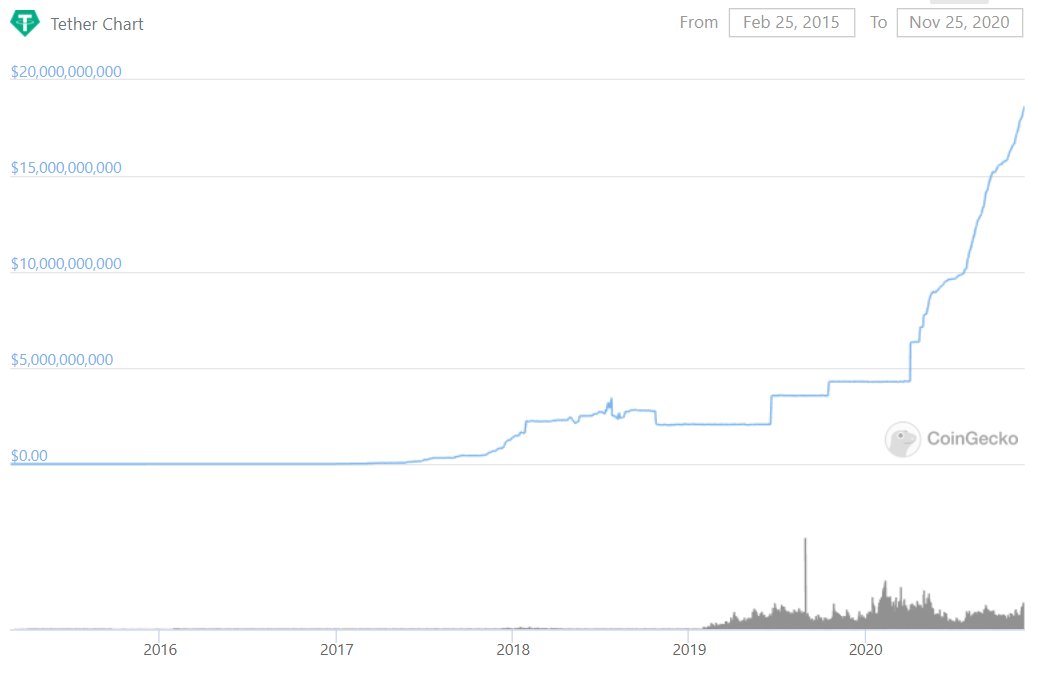
Virtue signaling and FUDDing algorithmic stablecoins without evidence is pretty lame
At the end of the day, no one knows for sure whether a workable model can be found or not
Crypto is all about experimentation and innovation - Let’s keep it that way
At the end of the day, no one knows for sure whether a workable model can be found or not
Crypto is all about experimentation and innovation - Let’s keep it that way
The fact that we can battle test these models with billions of $ summoned on this timeline rather than limited simulations is fucking awesome
Economic studies have always been limited by being retrospective, small scale or slow
Crypto allows us to experiment 100x better
Economic studies have always been limited by being retrospective, small scale or slow
Crypto allows us to experiment 100x better
This isn’t kindergarten. Anyone that has ever heard of crypto knows that it’s a high risk field
Maybe stick with something like legacy finance if you can’t accept it.
Maybe stick with something like legacy finance if you can’t accept it.
Some of the sentiment I see from haters reminds me of the same sentiment towards token projects and DeFi in 2018/2019
We see now how that turned out
@FUTURE_FUND_ sums it up nicely - fortune favors the brave, not the fearful
We see now how that turned out
@FUTURE_FUND_ sums it up nicely - fortune favors the brave, not the fearful
https://twitter.com/future_fund_/status/1344423530474086400
• • •
Missing some Tweet in this thread? You can try to
force a refresh




